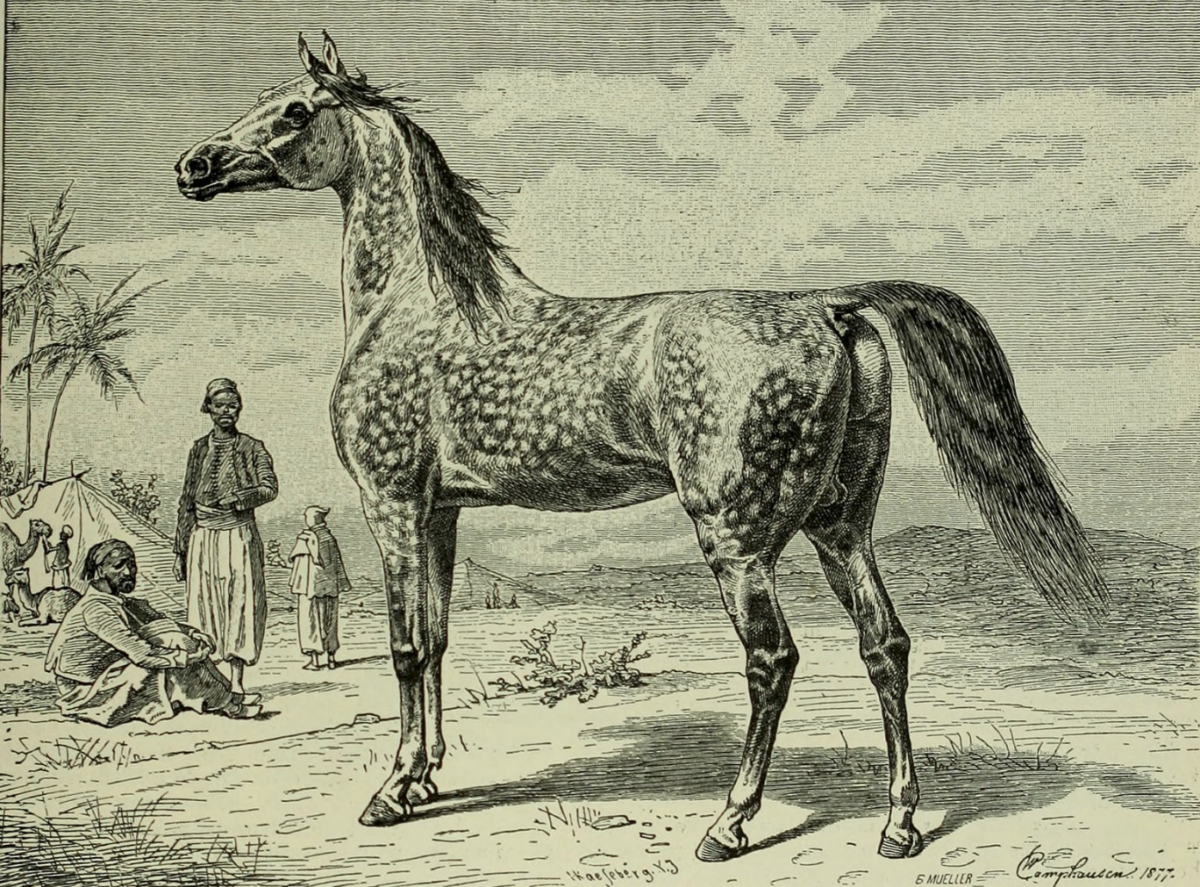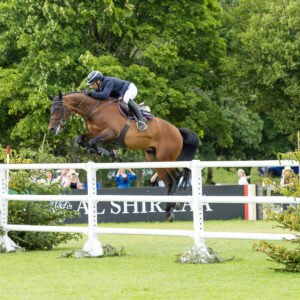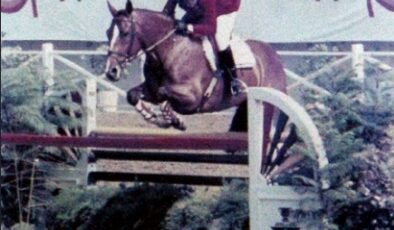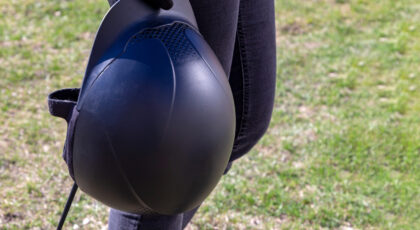I had my hair done today, the usual cut and colour, and my hairdresser asked if I wanted to try bangs, to which I replied, “No.”
But it got me thinking about why we call them bangs which had me wondering why we say we bang a horse’s tail?
Bang
It’s such an odd thing to say if you really think about it.
You might say to your friend in the barn, “I’m banging my horse’s tail. There, I just banged his tail. Are you going to bang your horse’s tail?” It sounds weird, not only because it’s a strange conversation but because the word is weird. But, as we are discovering, almost everything we say in the horse world is.
The word bang has been around since the 1500s but in the sense of a loud noise or hard blow. It’s thought the word comes from the Old Norse word banga meaning “to pound, as with a hammer”.
In the context of a horse tail, the word sprang up in the 1830s and it’s believed it was used in the sense of abruptness as in “bang off” immediately and without delay. Why anyone would need to bang a horse’s tail in haste is unclear.
In the context of human hair, the word has been around since the late 1870s and means “to cut the hair straight across to form a fringe over the forehead”. Makes sense. This also means we take our hairstyle choice from the horse world, which is kind of nice.
I’m unable to find a source that tells us why we like to cut our horses’ tails above the ankles but below the hocks, so I’ll surmise we do it because it looks nice. At least to eventers and dressage riders.
Bob

Before the bang horses had the bob.
I may not have bangs, but I do have a bob, which is another hairstyle term borrowed from horsehair fashion. In the late 1500s, it was common to see a bobtailed horse, which is to say cut short above the hocks, and it was done to prevent the tail from getting tangled in the reins and the rigging of carriages.
Bob is both a noun and a verb and means to shorten, which is why bobby socks were given the name because they are shorter than their forebears, the knee-high socks. This is also how bobcats with their short tails got their name.
The origin of the word in the context of shortening is vague at best and has something to do with a cluster of leaves and/or a bunch of flowers. It makes no sense, so I will leave it there.
Dock
And before the bang and the bob there was, and still is, the dock. The word dock in the sense of shortening a horse’s tailbone has been around since the late 1300s and is from the Old English word docca meaning muscle.
I’m not going to go into detail about this controversial act but what I will say is that it’s now banned in 11 U.S. states and many European countries.
This was originally done centuries ago to prevent the tail from getting caught in farm equipment the horse was pulling, like a plow, as a horse could get severely injured. It’s also said that certain horses were “rein huggers” meaning the horse could catch the reins with their tail and clamp it between their tail and buttocks, which could prove dangerous as the driver would lack control.
While the above may be true, I suspect it was often done as a fashion statement and as a symbol of status, as noted in the feature image.
Today it’s mostly seen in the draft horse world and done for aesthetic reasons, but I suspect it will eventually be banned.
An Aside
There are some discrepancies over the terms bobtailed and docked as many believe they are the same. My understanding is that a bobtailed horse has the tail hairs cut short while a horse with a docked tail has had the tailbone shortened.
Switch

None of the above. Letting nature do her thing.
Tails
I have never put so much thought into horse tails as I have today, and I can thank my hairdresser for that. And I thank horses for gifting us with more fabulous words and some great hairstyles.
Horses never cease to amaze me.


 August 15, 2023
August 15, 2023 

























